Messiaen complex
The French composer's 1945 song cycle Harawi came to UC Berkeley for one rapturous staged performance
We were no more than 15 seconds into Harawi when the drugs began to take hold. I’m not talking about pharmaceuticals, as in Hunter S. Thompson’s famous opening line; I trust that goes without saying. No, the dopamine rush I felt came from the familiar and utterly distinctive strains of Olivier Messiaen’s music. The angular dissonances, the celestial twinkling of individual piano notes, all resolving into a shimmery major chord with an added sixth for extra cushiness — it was as though I had come home to a well-loved place, in a sweet surge of belonging.
Understand that I had never heard Harawi before Friday night, when Cal Performances presented the American Modern Opera Company’s transfixing staged production of this hourlong song cycle in UC Berkeley’s Zellerbach Hall. But it hardly mattered. Like a dreamer, I seemed to know every bit of the score; it was at once surprising and soothing, unpredictable and well-worn. The magnificent soprano Julia Bullock delivered the songs with a combination of tenderness and fervor, as pianist Conor Hanick made his way nimbly around the keyboard. Dancers Bobbi Jene Smith and Or Schraiber flitted eloquently across the stage, sometimes drawing the musicians into their choreography and sometimes giving vent to expressive gestures alone or in pairs. The effect was mesmerizing.
Messiaen is one of the few composers — Haydn, perhaps, is another — whose music always sounds fundamentally the same. He has a recognizable vocabulary of harmonies, melodic shapes, and instrumental textures that recur again and again. The catalogue of his interests — Catholic mysticism, birdsong, and physical love — is narrow to the point of monomania. If there is a difference between his early and late compositional style, I at least have never been able to detect it. Every piece seems to pick up exactly where the previous one left off — or rather, where the previous one began. Messiaen has some things he wants to talk about with you, and he’s patient beyond all imagining about getting them off his chest.
Sound tedious? For some listeners, it is. But for those of us whose love for Messiaen runs deep, his consistency allows us to revel in his unique voice that much more. There’s a radiant splendor about his writing that never fails to pull you in, getting you excited about sex or the heavenly choirs at one moment, and inviting a slow, contemplative rapture at another.
Harawi was composed in 1945, soon after Messiaen returned home from World War II. It marks the first installment of a loose trilogy of pieces based on the story of Tristan and Isolde (the second of these, the monumental 10-movement Turangalîla-Symphonie, is the most forceful and best known), and also reflects the composer’s newfound interest in Andean culture. Messiaen’s texts, some in French and some in Quechua, invoke the mythic lovers and the pairing of love and death. The primal two-ness of love (with apologies to my polyamorous friends) is celebrated at the cycle’s beginning (“moi…toi”) and again at the end, but in between the words are too symbolistically fragrant to offer much more than that.
What Harawi did supply was the reliable thrill of Messiaen’s music, executed by first-class performers. Hanick voiced the composer’s dense keyboard chords beautifully, in all their lumpy, clotted grace. Bullock’s vocalism soared through the piece’s big, arching phrases and burrowed deep into its breathless repetitions. I passed the evening as if in a trance.
Elsewhere:
Lisa Hirsch, SFCV: “these four performers are magnificent.”
David Mermelstein, Wall Street Journal (paywall, no idea what it says)
Hall of miroires
Following the gut-punch cancellation of the San Francisco Symphony’s planned opening-weekend performances of the Verdi Requiem, Esa-Pekka Salonen and the orchestra finally got down to business last weekend with a program built around the world premiere of Nico Muhly’s commissioned Piano Concerto. It’s a buoyant, beautiful piece, shot through with whimsical charm and boasting a more varied color palette than you might expect from a score in which most of the orchestra is playing busily most of the time.
The piece runs about 23 minutes, and its three movements, which proceed without a break, are arranged in the long-traditional pattern of fast-slow-fast. This is more than just “if it ain’t broke, don’t fix it” (although I suspect that’s part of Muhly’s motivation). It also exemplifies Muhly’s characteristic stance of folding past musical templates — Renaissance, Baroque, others — into his rhetoric, which the new score does as thoroughly as any of its predecessors.
The soloist was the dexterous young French pianist Alexandre Tharaud, who made a fine Symphony debut in this outing. (I heard Saturday’s performance, the second of two.) Muhly claims inspiration from Tharaud’s recordings of French Baroque keyboard music, but the guiding spirits here aren’t exactly Couperin, Rameau, and their contemporaries. Rather, the music is modeled in part on Ravel’s homages to those predecessors (especially Le Tombeau de Couperin, which pops up here and there like a puckish stowaway). That makes for a wonderful hall-of-mirrors effect, especially when Muhly’s own spangly tendencies are layered on top.
But there’s another important creative presence looming over the Piano Concerto, whose influence I might or might not have detected if not for the fact that he was sitting directly across the aisle from me in Davies Symphony Hall. Especially in the two fast outer movements, Muhly’s motoric orchestral writing, studded with offbeat accents and rhythmic hiccups, owes a debt to John Adams’ orchestral tone poems such as Harmonielehre. There are other echoes of Adams as well, including Muhly’s habit of bringing out the brass to clearly state harmonies that have so far been hidden or implicit — an Adams trademark.
The fast movements scurry along amiably, but for me the glory of the concerto is the slow movement, which consists mostly of a series of bone-simple piano chords. There’s no one explanation for why the result sounds so ravishing. Part of it is Muhly’s exquisite choice of intervals, the musical equivalent of a writer repeatedly reaching for and settling on le mot juste; part of it was the delicacy of Tharaud’s voicing. All of it coalesced into a lovely serenade.
In fact, the program, despite the inclusion of Hindemith’s entirely superfluous Mathis der Maler Symphony (the first San Francisco performance since 1987!), was a joy throughout. It was also a ferocious rebuke to the vacuity of the Symphony’s gala opening concert last Wednesday, one of the most extravagantly pointless such events in many a long year. Lang Lang pummeled the life out of Saint-Saëns’ Second Piano Concerto, the orchestra crudely tossed off a couple of excerpts from Prokofiev’s Romeo and Juliet, and Salonen dashed in and out as though justifiably embarrassed by the whole affair. I thought I heard him say “See ya later, suckers” as he took his final bow and departed, but I might have imagined it.
Elsewhere:
Rebecca Wishnia, San Francisco Chronicle/SFCV: “the orchestra’s performance on Saturday…brought a palpable sense of hope to Davies Symphony Hall.”
Lisa Hirsch, Iron Tongue of Midnight: “I found [Muhly’s concerto] lightweight, though with some charms, sort of Philip Glass crossed with Music From the Hearts of Space.”
Michael Strickland, Civic Center: “the orchestral sound throughout evoked a magical, shimmering quality and was a pleasure to hear.”
Steven Winn, San Francisco Chronicle/SFCV, on the gala: “in a performance that ranged from lead-handed and eccentrically accented to exquisitely feathery and dazzlingly fleet, Lang Lang pulled listeners in.”
These are the cellos you’re looking for
What a busy week it was! Charles Amirkhanian’s indispensable Other Minds Festival plunked down in the middle of things with the 28th iteration of its annual lineup of eclectic and risk-taking new music. (As associate director Blaine Todd put it from the stage, “We’ve been foolhardy for three decades now.”) Thursday’s concert at the Brava Theater marked the second of two premiere performances of Cello Quartet, a 70-minute stretch of theatrical foofaraw by the composer and musical inventor Trimpin.
As the title suggests, there were four cellos involved, but only one human cellist (the redoubtable Lori Goldston). The other three were robotic instruments of various kinds — one with a choir of brass horns attached to it, another that plucked itself — and they moved around the stage like so many chamber music R2-D2s. Later, an array of lamps beat out the rhythms of David Bowie’s “Let’s Dance.” It was mildly entertaining, though who can say what it was about.
Saturday afternoon brought the first local performance of the Serenade in C, Ganz kleine Nachtmusik, the new Mozart tune that dropped in Salzburg last week. The performers, violinists Dan Flanagan and Karen Shinozaki Sor and cellist Vicky Ehrlich, said they had hoped to give the piece its American premiere but were beaten to it by an ensemble in a New York train station. So Saturday’s event, at the Golden Gate Valley Branch of the San Francisco Public Library, could only hope to rank as the piece’s West Coast premiere.
Premiere or not, it was a charming event, with about 40 people crowding the library’s reading room to hear the 12-minute, seven-movement opus that was evidently composed by Mozart sometime in his early teens. The boy could write; for all the formulaic evidence of a youngster still learning his craft, the piece bustles with textural imagination and the occasional harmonic surprise.
Cryptic clue of the week
From Out of Left Field #235 by Henri Picciotto and me, sent to subscribers on Thursday:
Arcane love remedy: eating baloney (7)
Last week’s clue:
State modeled on Jamaican music? (6)
Solution: ALASKA
State: definition
modeled on Jamaican music: À LA SKA
Coming up
• San Francisco Symphony: Esa-Pekka Salonen gets a lot of attention for his championing of contemporary music, but he’s equally devoted to the standard repertoire. As the music director of a major orchestra, you have to be. This week, Salonen and the orchestra cover the familiar ground of Brahms’ Fourth Symphony and Shostakovich’s Violin Concerto No. 1; the Japanese-Italian violinist Sayaka Shoji makes her Symphony debut as soloist. Oct. 4-6, Davies Symphony Hall. www.sfsymphony.org.
• The Earhart Trio: This promising chamber ensemble, the only one I know of named after an aviatrix, came onto the scene earlier this year. The members — pianist Kumiko Uyeda, violinist Kate Stenberg, and cellist Mary Artmann — are all stalwarts of the local chamber music world, and they’ve scheduled a wonderful program, including music by Clara Schumann and Lera Auerbach, to launch the new concert season of the intimate performance space at 405 Shrader St. in San Francisco. Oct. 4. www.405shrader.com.
• Ting Luo: The Chinese-American pianist, together with New Arts Collaboration, will present an evening of multimedia offerings that combine music with visuals. The program includes premieres by composers Mark Winges, Maria Kallionpää, Vera Ivanova, and Aries Mond, with contributions from an array of visual artists. Oct. 4, Old First Church. www.oldfirstconcerts.org.


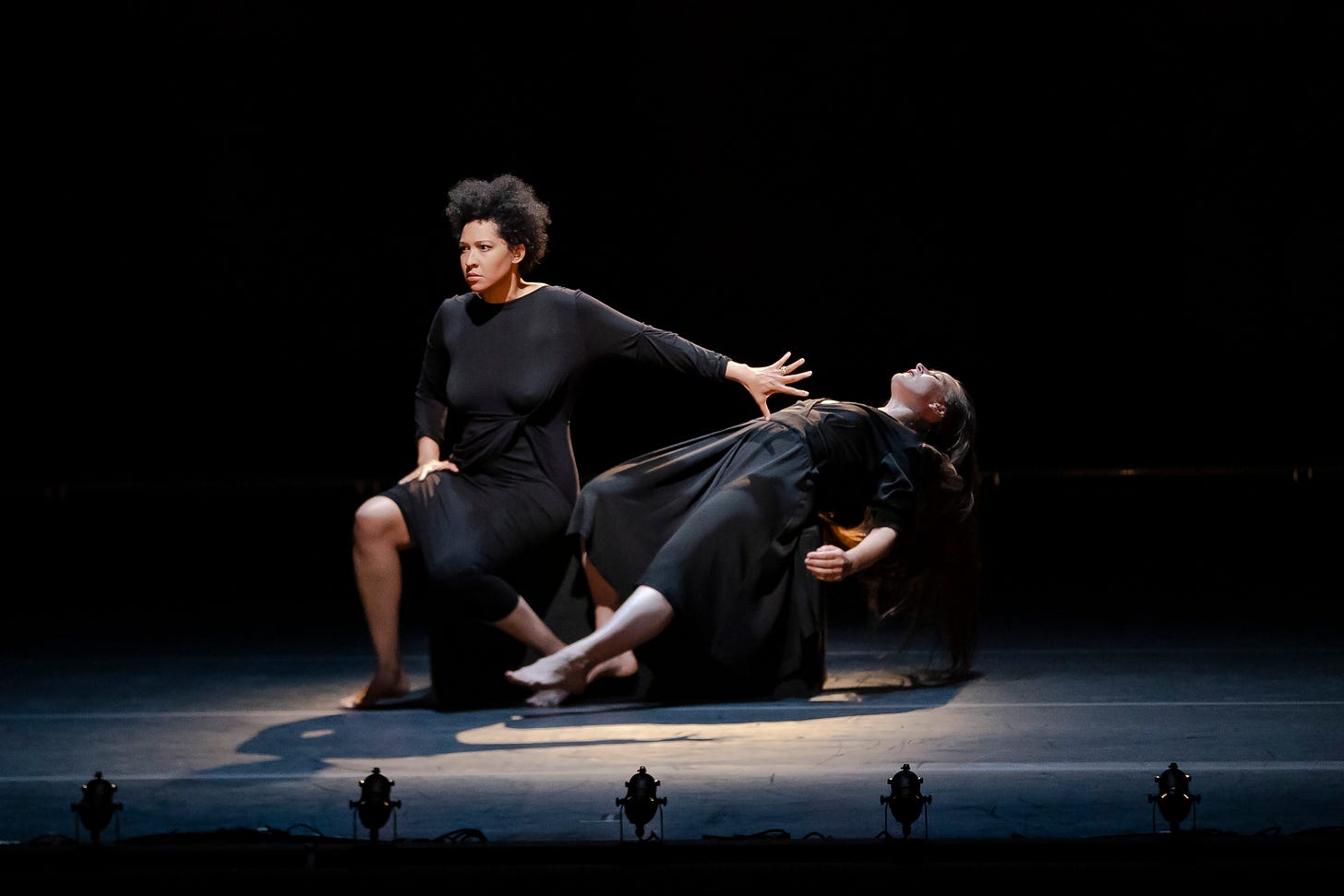
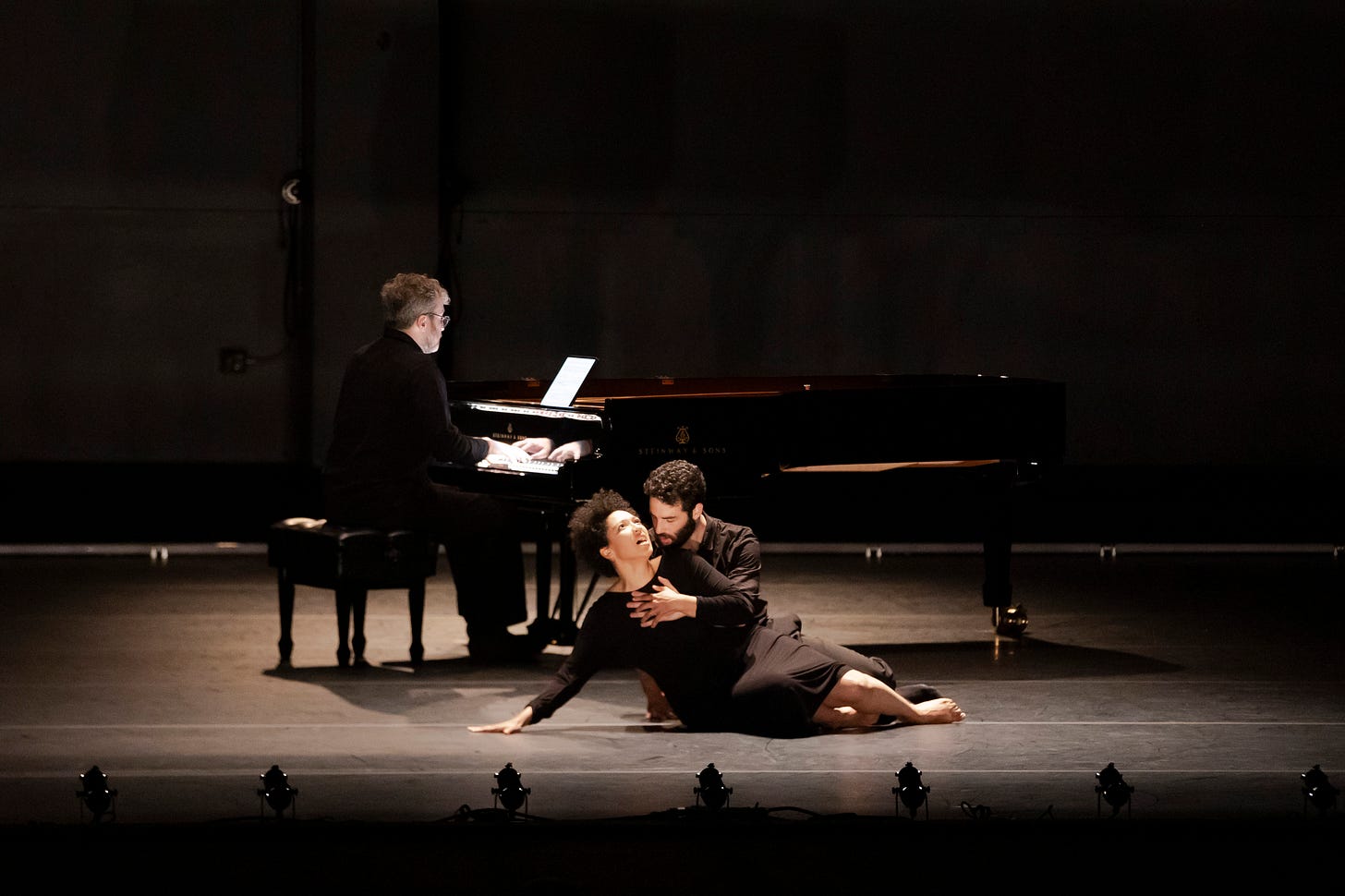
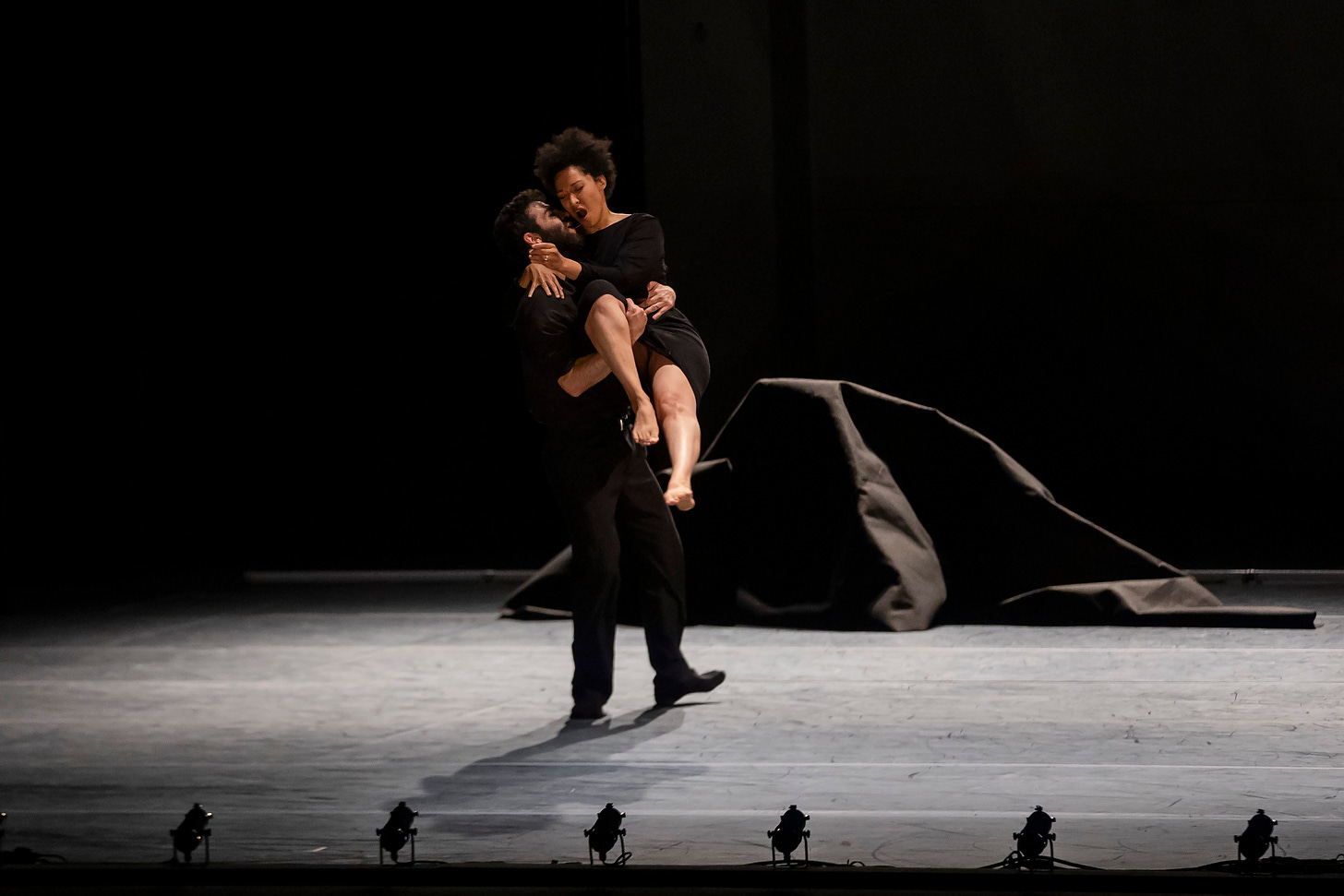
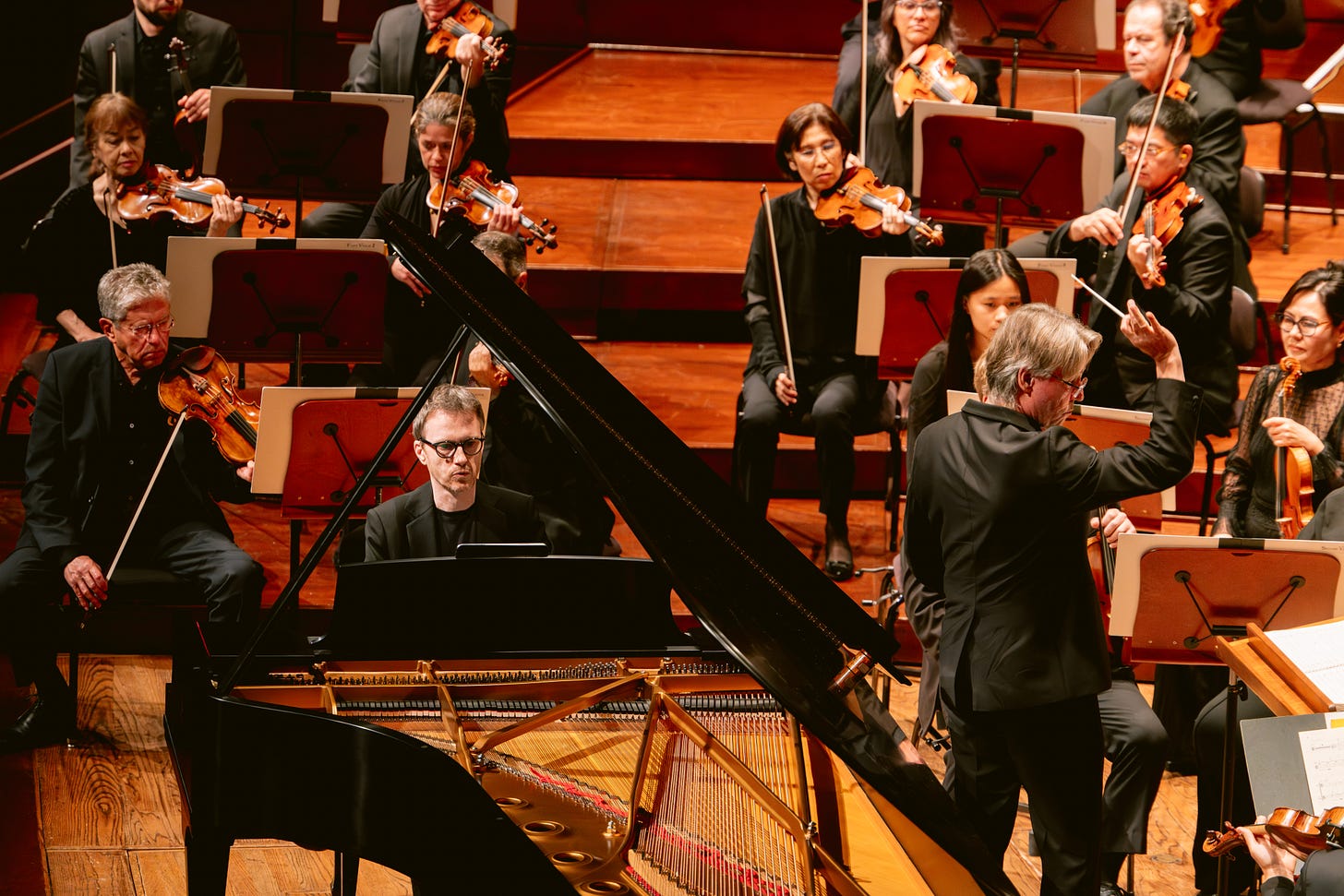
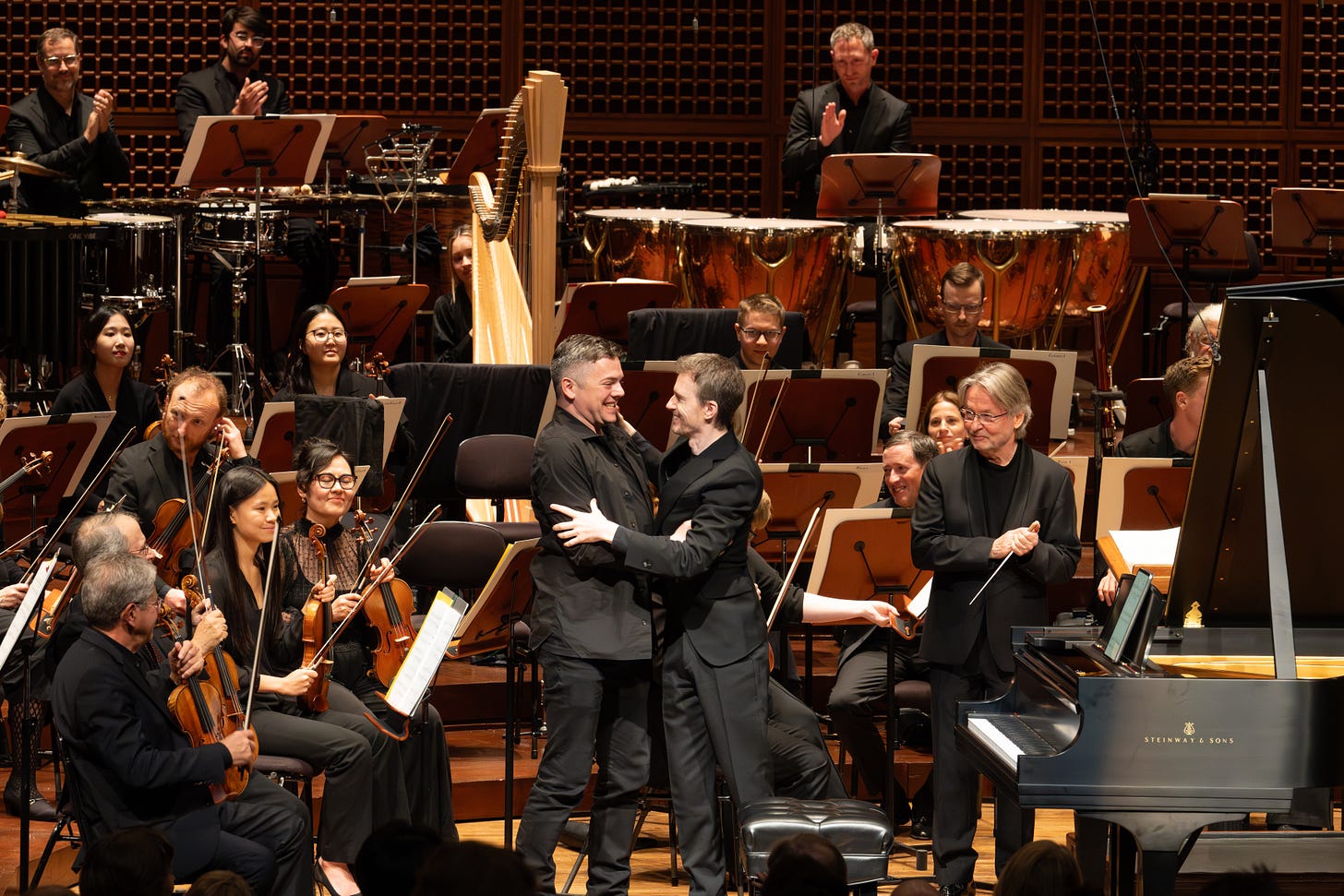

Thanks for the lively + informative report. I've always found Messiaen a "small doses" kind of composer, but will definitely take a new listen to 'Harawi.' And it's definitely true about Muhly's dept to Adams, which I'm sure he's openly acknowledged.
Am I the only person who doesn't think that all of Haydn sounds the same? It all sure sounds like Haydn, but it doesn't sound the same, if you see what I mean. I am contemplating spending all of November 5th playing the complete Haydn piano sonatas, all three volumes, as a defensive measure, since I surely can't handle the anxiety of keeping up with the news of the day!